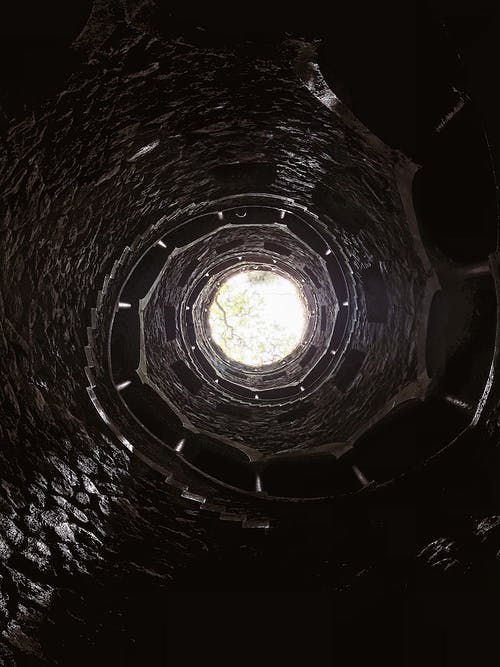Hello, everyone. I hope you’ve had a great Thanksgiving. Today I’m talking about creative writing fiction: eight steps to a good story.
Character Traits
The first step to a good story is to give your main character all kinds of good traits. A little trick to spice things up a little bit and make the story more believable or more challenging is to give your main character a flaw. (Even Superman has his kryptonite.) It could be a habit that he has or something he’s trying to overcome or something that frustrates him or her.

John was in a cave and it was really dark. He could hardly see his hand in front of his face. He fumbled around in his pockets, hoping they would not hear him. He didn’t hear anything. He found a match and he struck it. They didn’t know that he had a match. John knew that match would soon run out but he also knew that there was a branch with some leaves on it. He had seen it when he went into the cave. So he ran over and grabbed the branch and lit the leaves. They flamed up but he was worried about when the leaves were going to die out. But they finally went down and the wood caught on fire. Now he had a torch and moved around trying to find his way out of the cave.
Real Life/Exciting Trouble
You may want to start your story with the character’s regular life. Or, you also may want to start at a very exciting time or low point or a place of really exciting trouble. Then after that, you would come into the main character’s regular life You could possibly do that in a “flashback” sort of way
The Downward Slide
Next, you start on a downward slide. Things start to slow down or things get worse. Things could start heading toward a problem. So you start on the downward slide. There are some obstacles along the way.
Rock Bottom

Then the next step is that the character comes to rock bottom. It may be what some would call the point of no return. So you start with the character’s everyday life, you have the downward slope and then the character hits rock bottom.
The Turnaround/Hope
Well, then you have the turnaround where there is hope.
John felt a little breeze coming toward him, so he made his way with his torch to a curve. As he stepped around the corner he could see what he thought was a little light in the distance, so he made his way toward that light. Now he had hope, and he was progressing toward that hope. However, not too far in his path, he found where the wall of the cave had fallen down.
So we had an obstacle to overcome. Now, this is the next step. So far, we have the first one which was characters. The second one was everyday life and exciting trouble. The third one was a downward slide. The fourth one was rock bottom. The fifth one was a turnaround and hope.
Upward Climb/Overcoming Obstacles
Now we are on the upward climb, and you keep climbing.
So in the case of John, let’s say he found a few more obstacles, but he overcame all of them and got out of the cave. Then he was on the upward slope. He wasn’t completely rescued yet. his captors may have come back and tried to find him. He didn’t know where he was. But, he found a house nearby and knocked on the door. The reaction of the people inside seemed a little bit suspicious to him. He decided that they were in league with his captors, so he quickly ran away. Soon, he got to another house. There he got a phone and was able to contact a friend who called the police. Then, before he knew it, he heard the sirens coming.
Victory
There is victory! The police showed up the bad guys were captured and we have the victory.
Tie Up Loose Ends
This step is towards the end as you want to tie up all the loose ends. If you’re writing a mystery or something like that, you will probably put some distractors out there that will lead people down the wrong path, and they will be surprised when they get to the end. Here’s where you can explain those distractors and tie up any loose ends.

In Summary
Well, I hope this is helpful to you. Creative writing fiction: eight steps to a good story.
Here they are again:
1. Develop your characters and give that main character flaw or flaws
2. Describe everyday life and the exciting beginning
3. Go down the downward slope
4. Hit rock bottom
5. Turnaround and hope
6. The upward climb
7. More obstacles to be overcome
7. Victory
8. Tie up the loose ends.
I hope this will be helpful to you if you decide to write fiction. Even if you’re writing nonfiction, which is what I’m doing right now, you can still throw in some fiction stories (Like my story about John in the cave) to spice up your nonfiction. I hope you have enjoyed this.
If you would like to know about stress-free writing, click here.
Happy writing!
